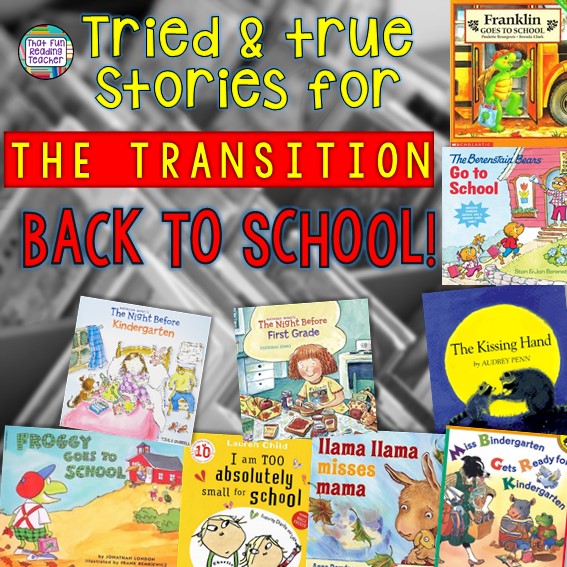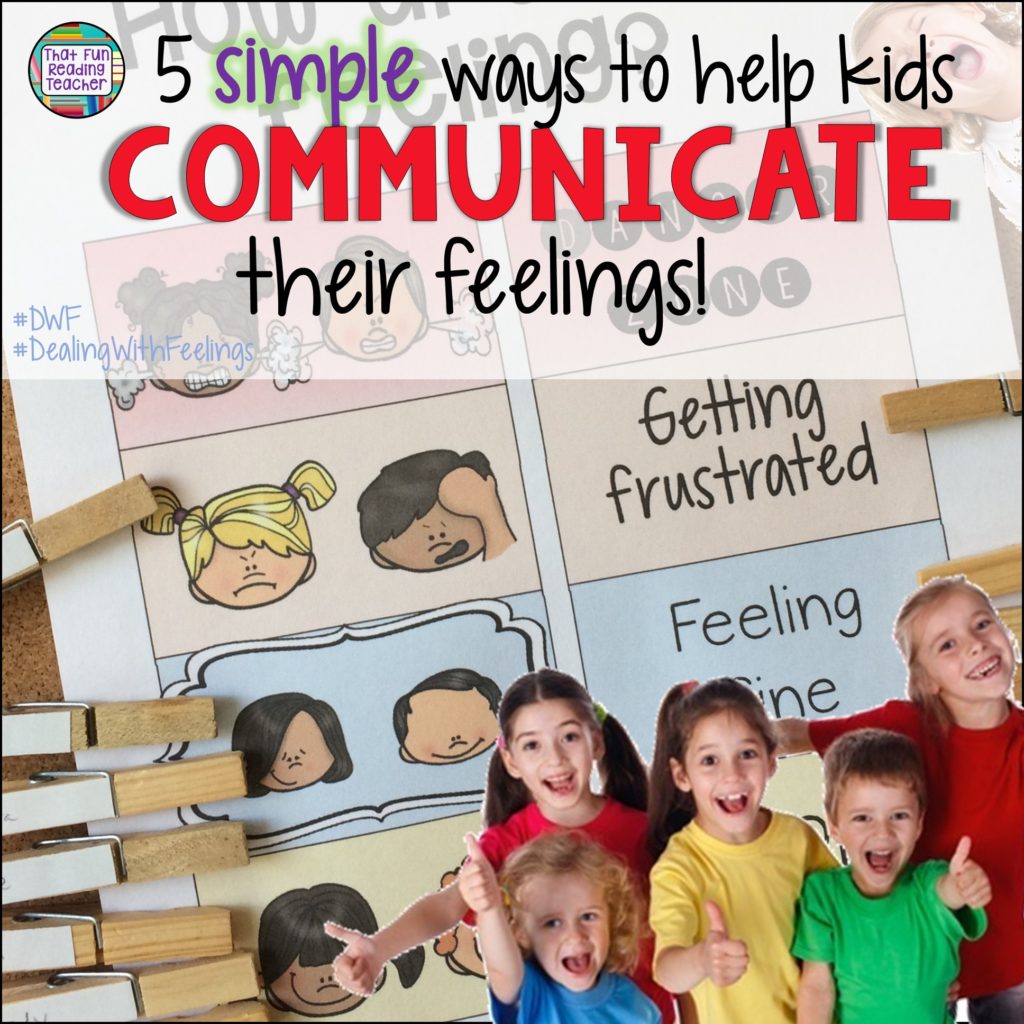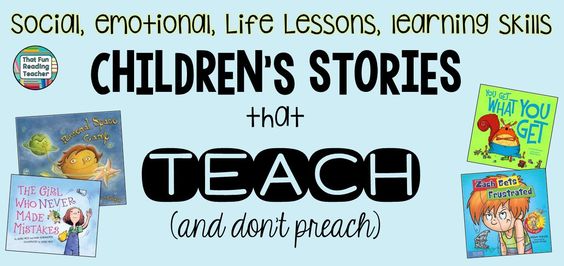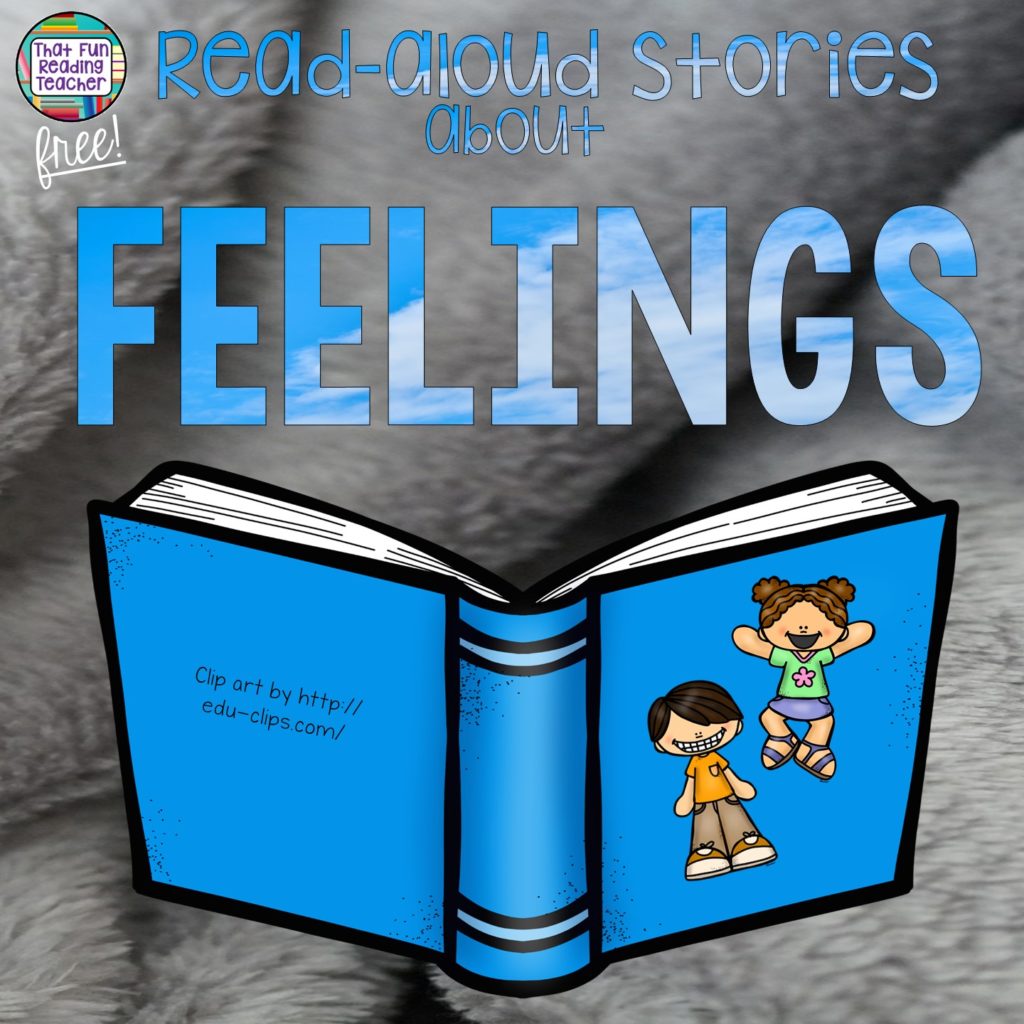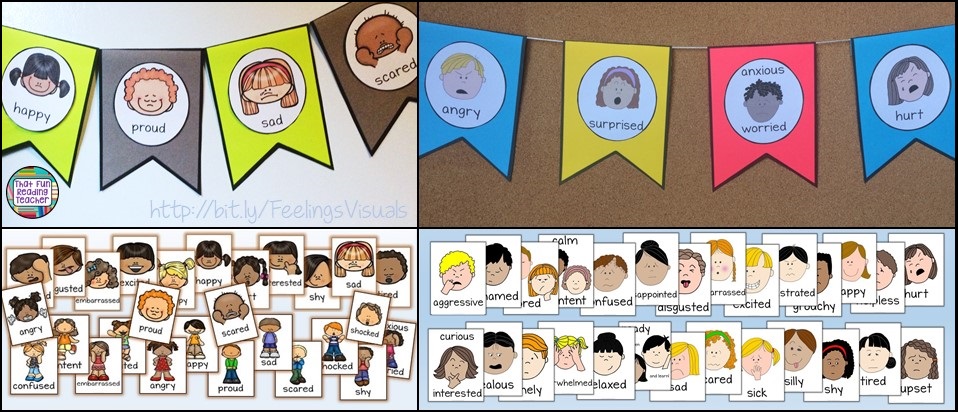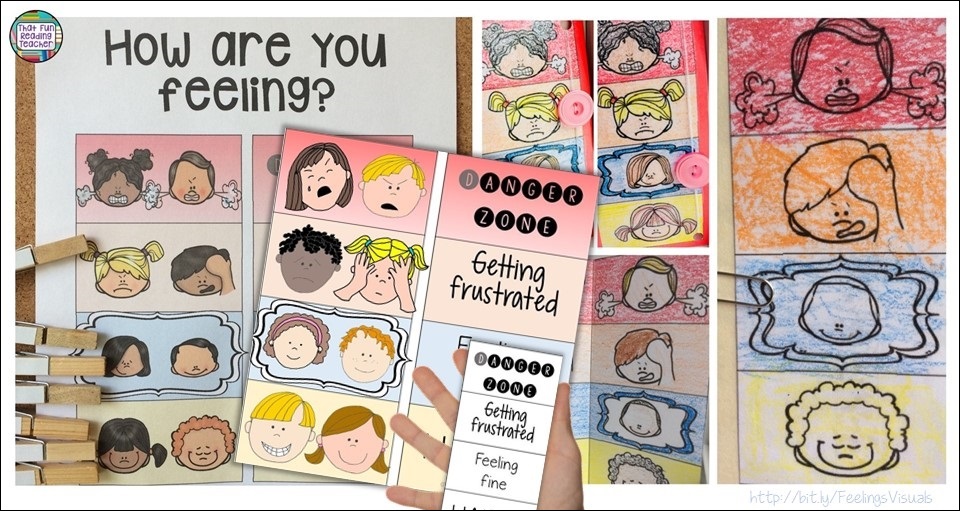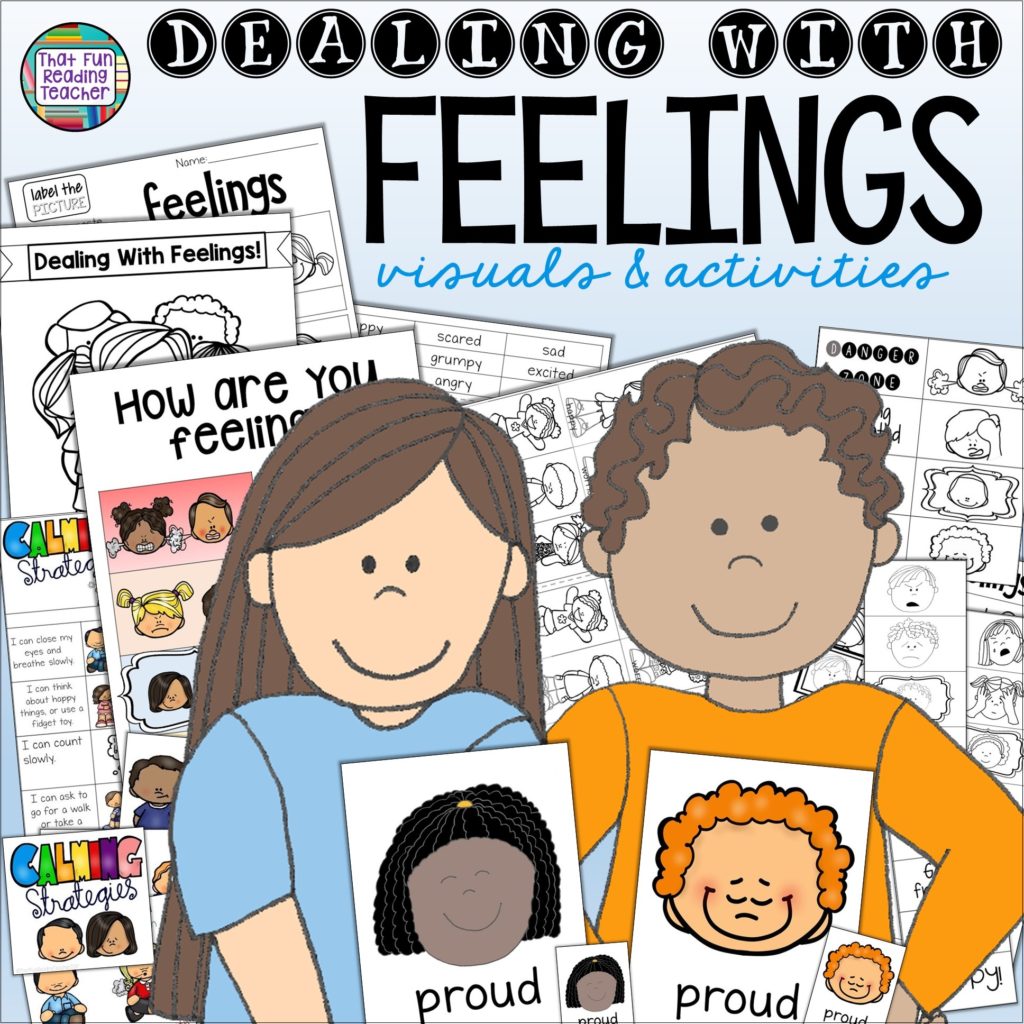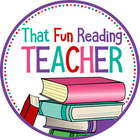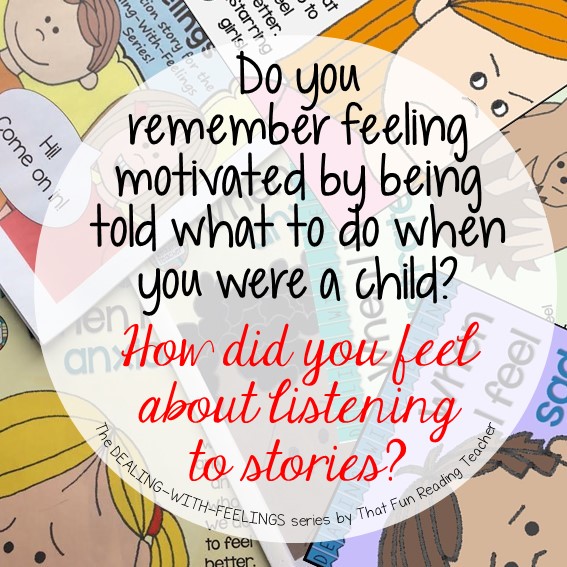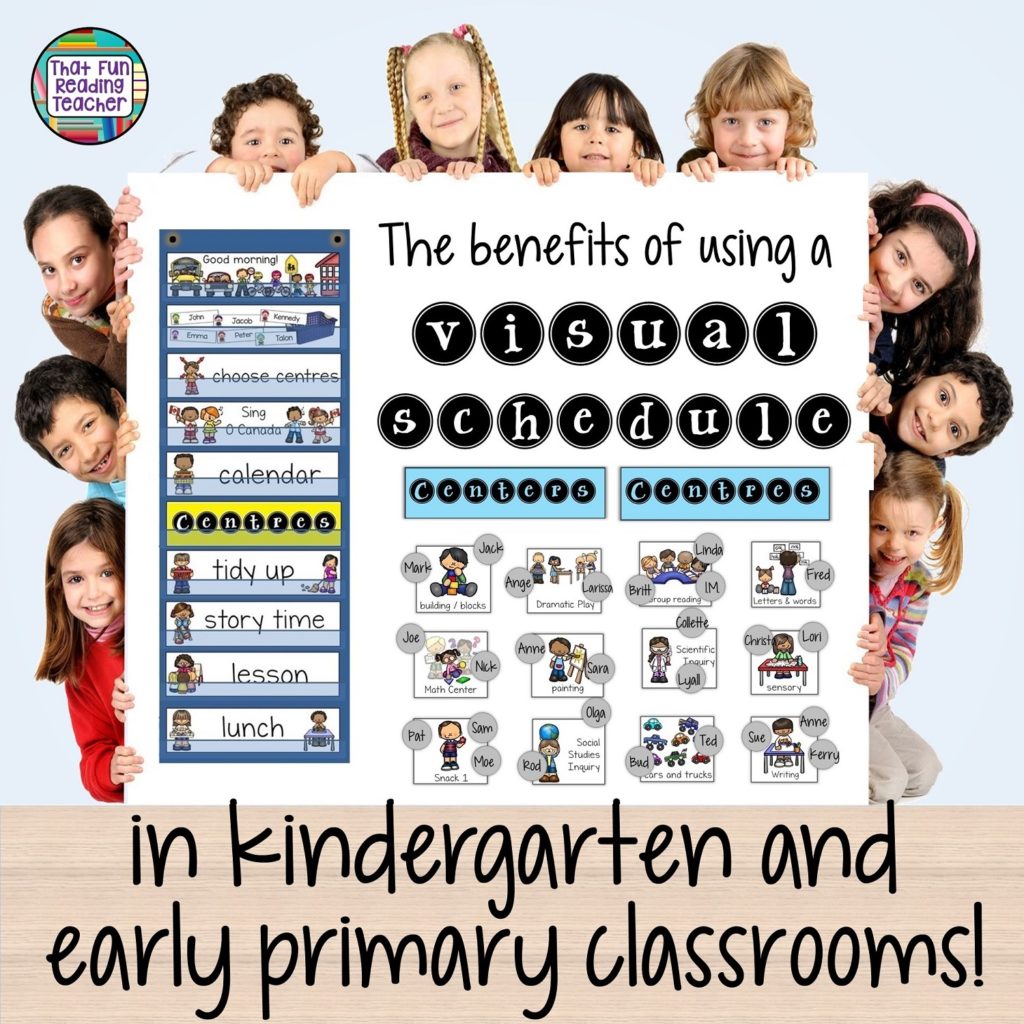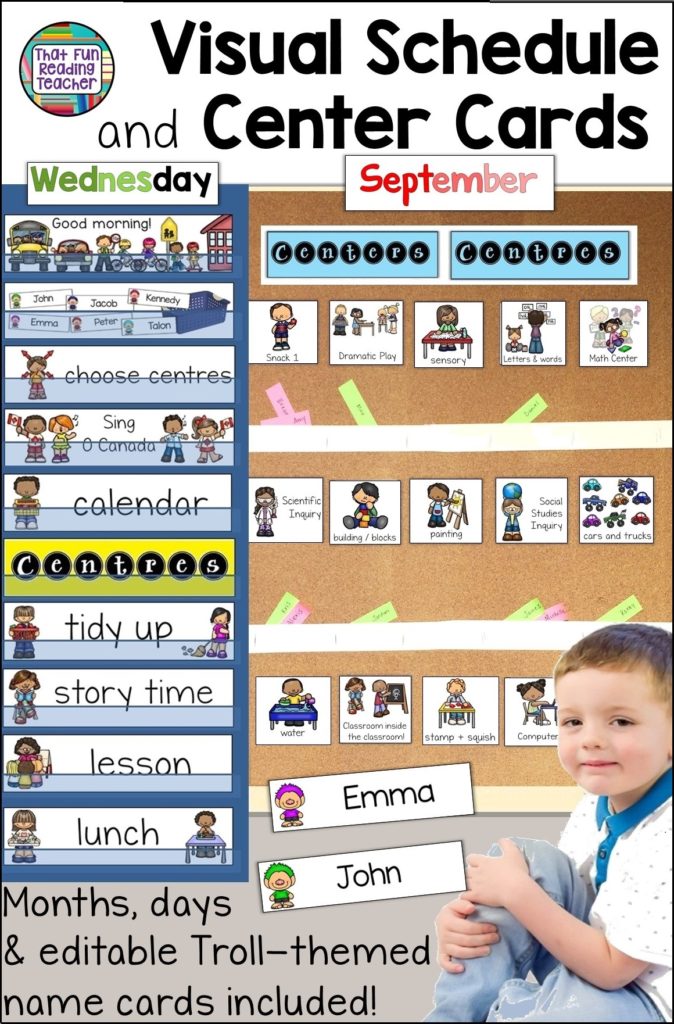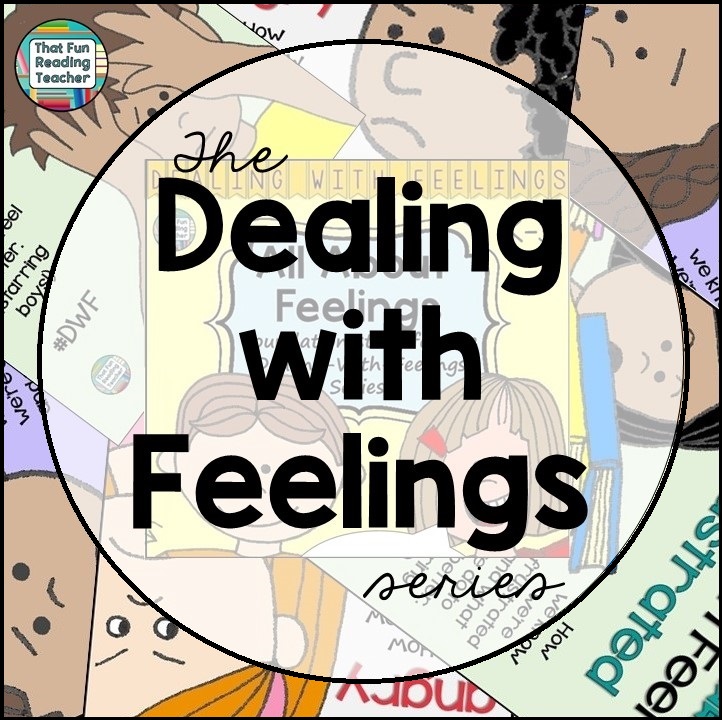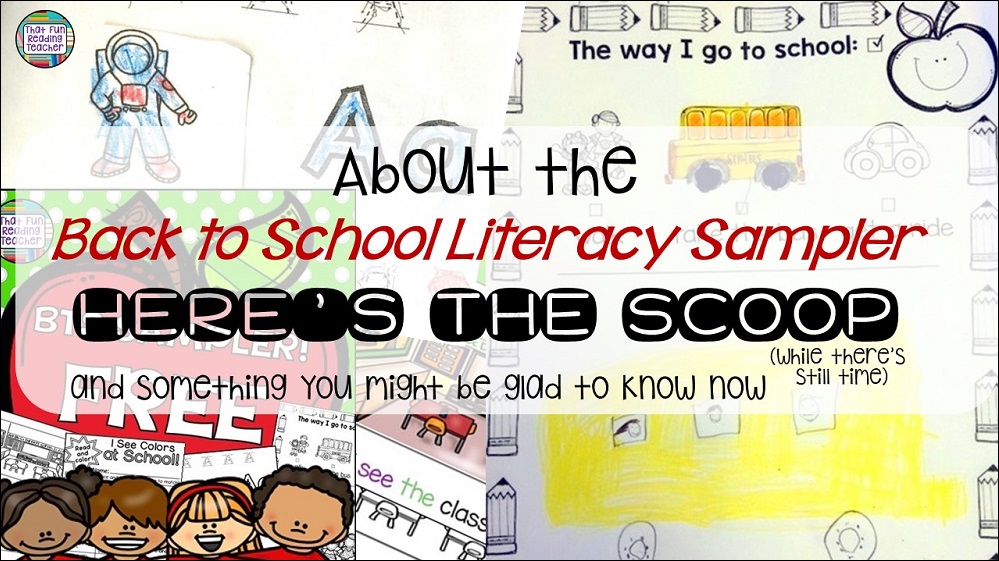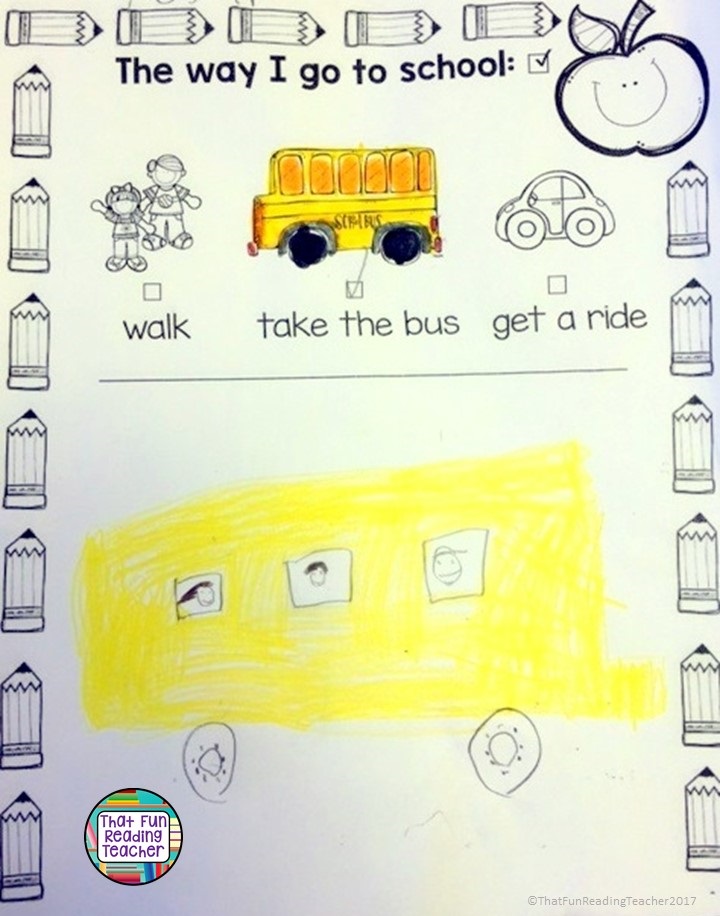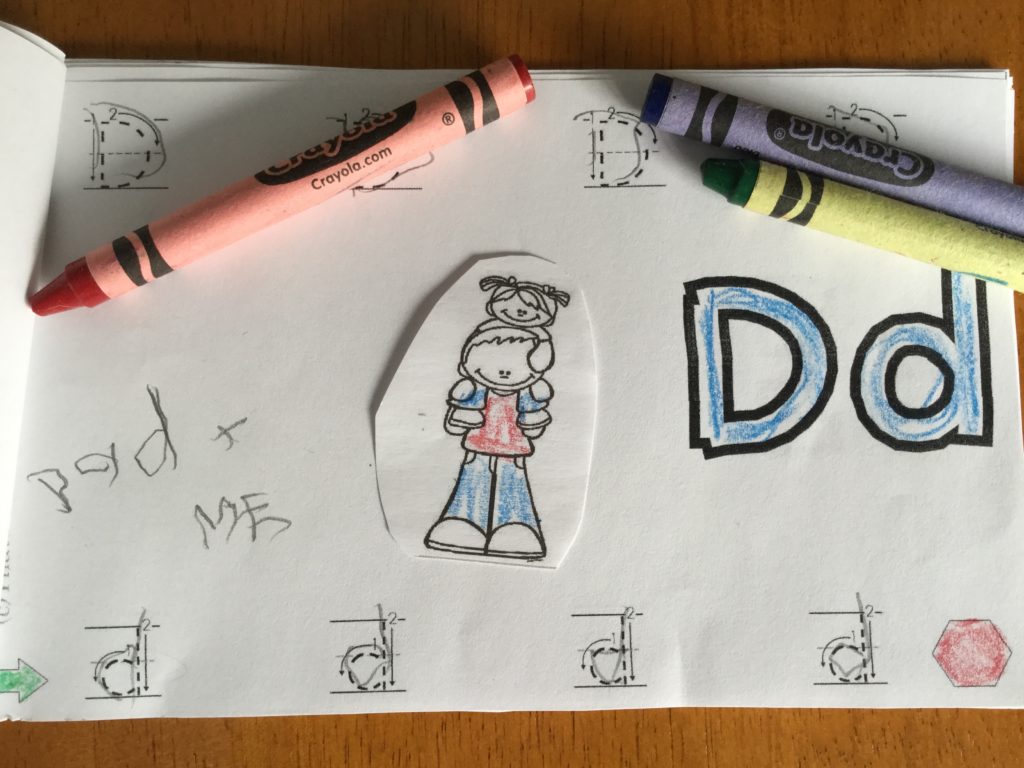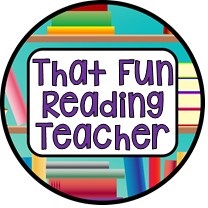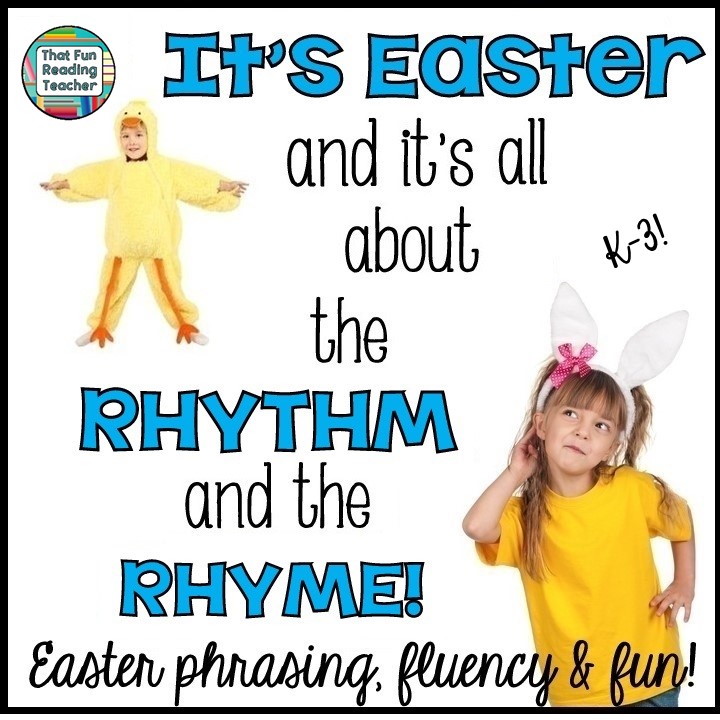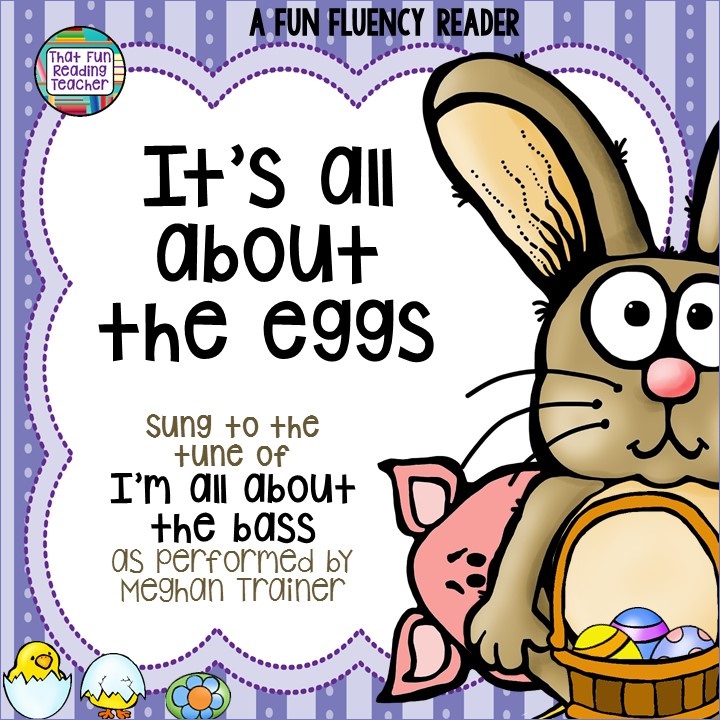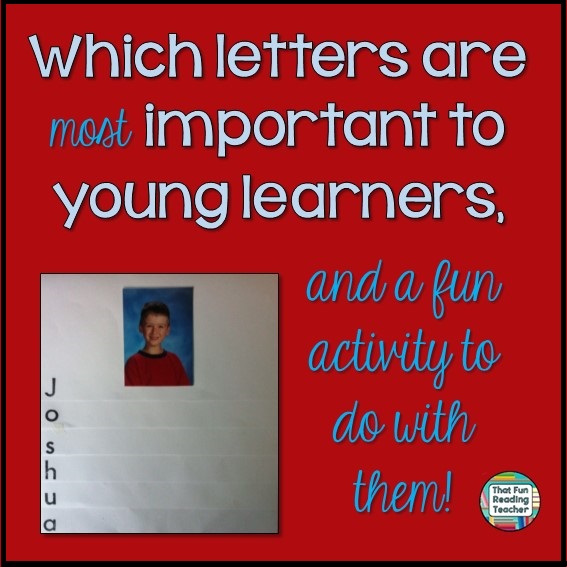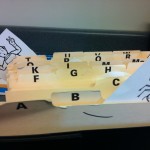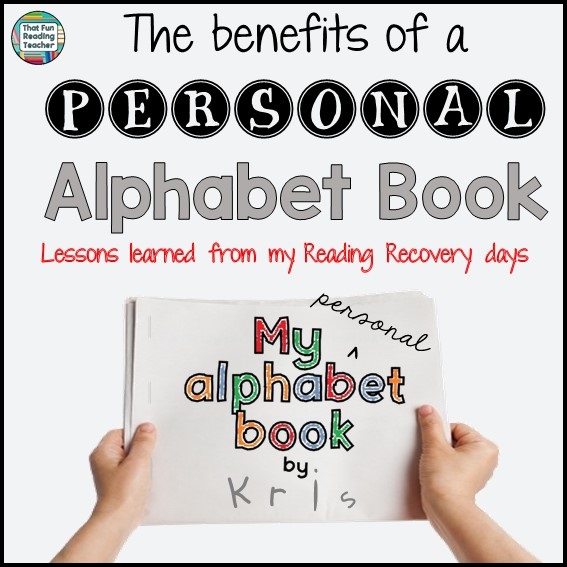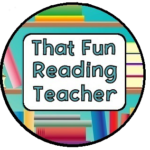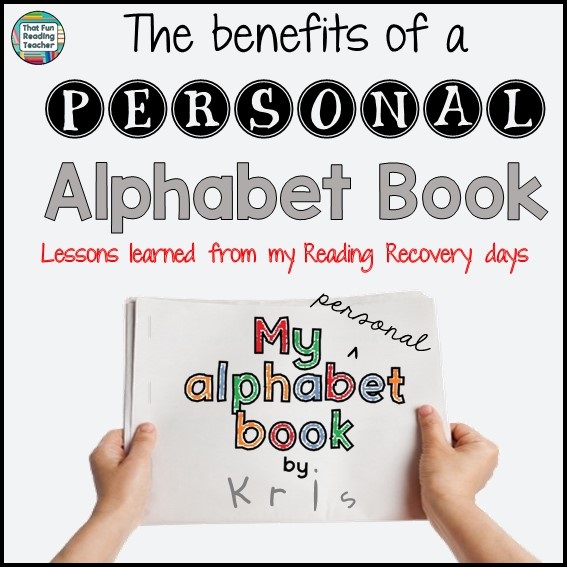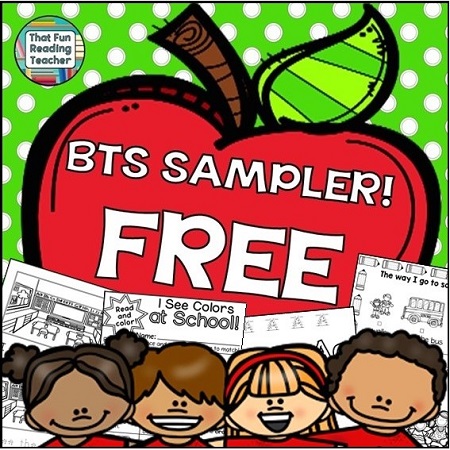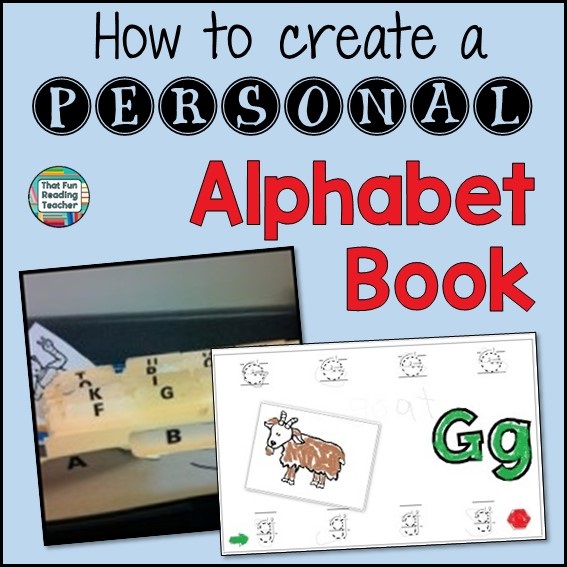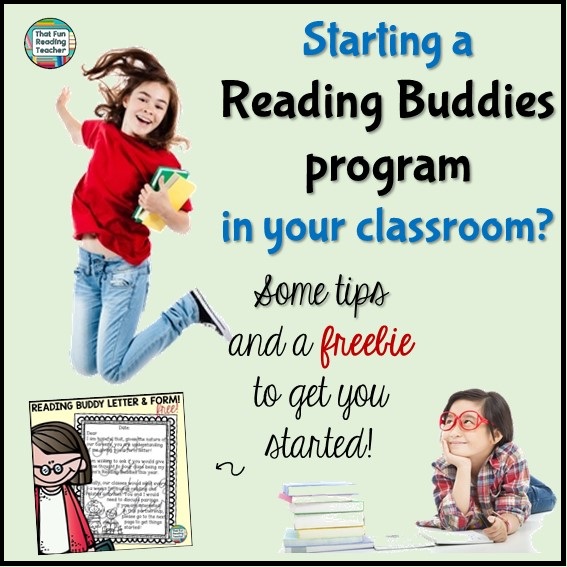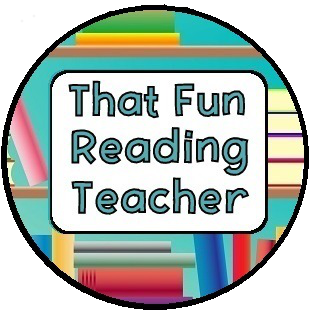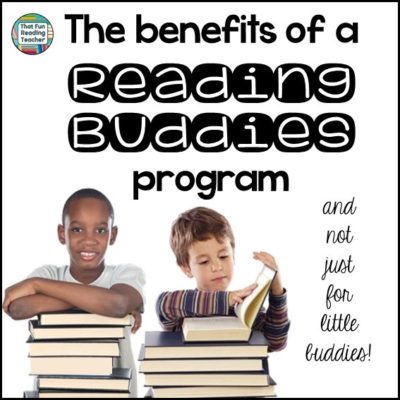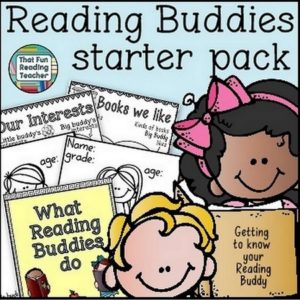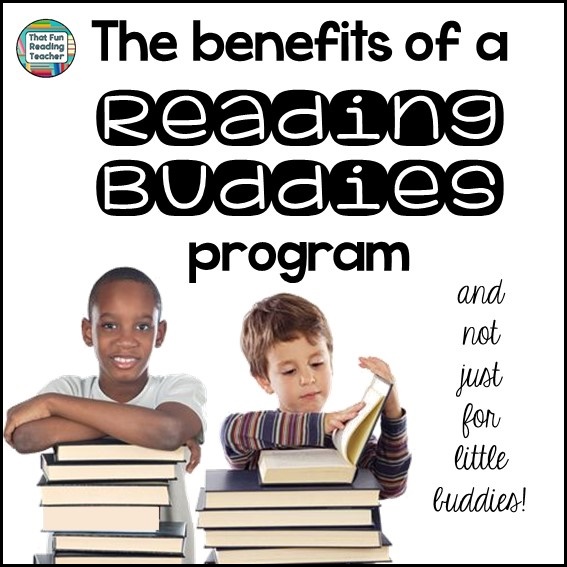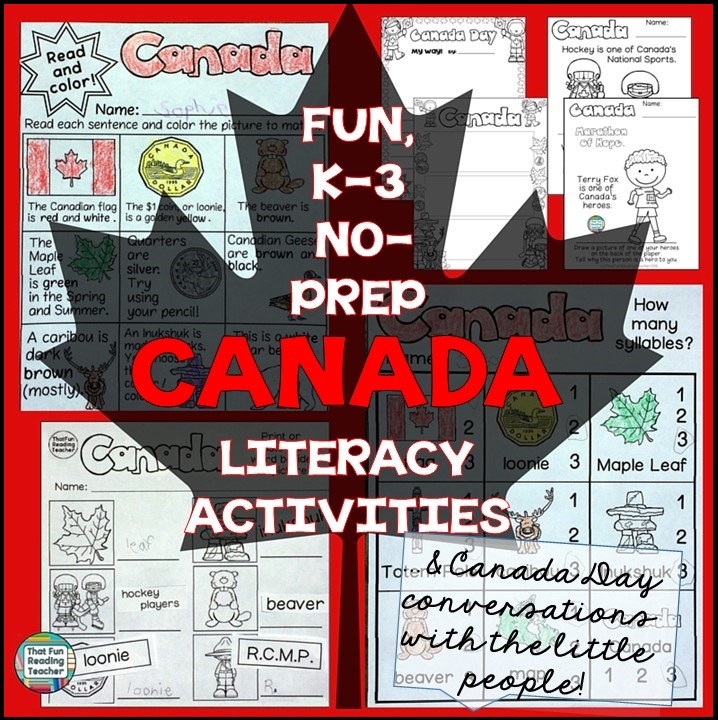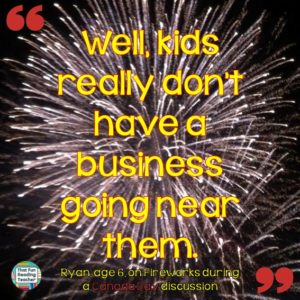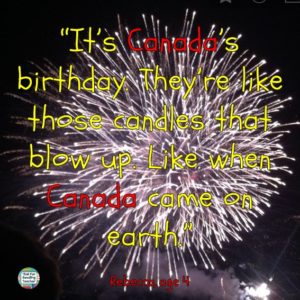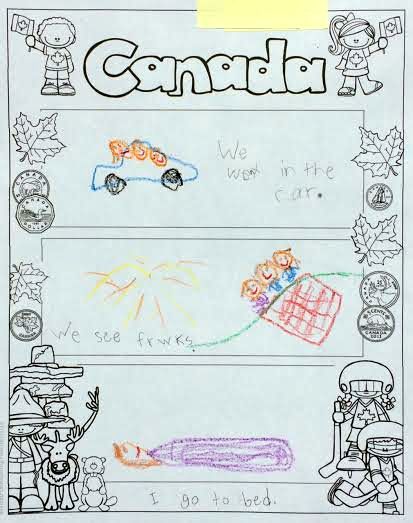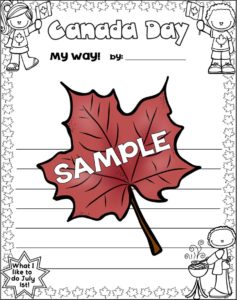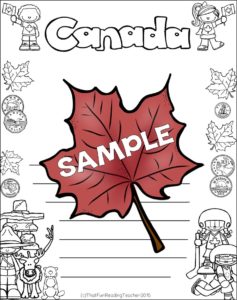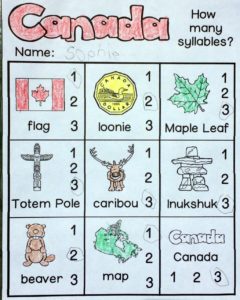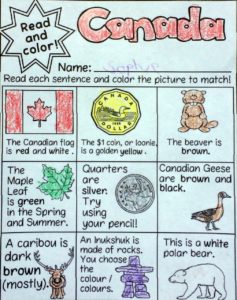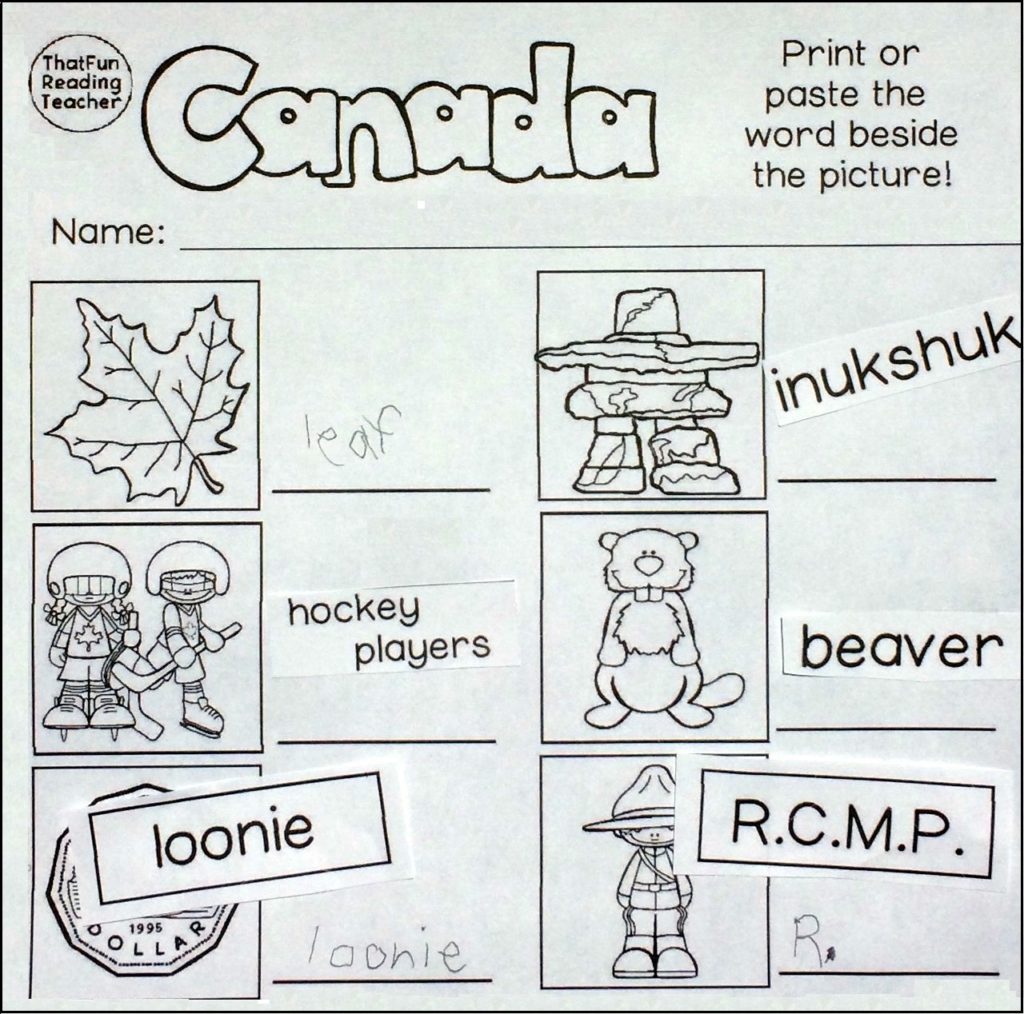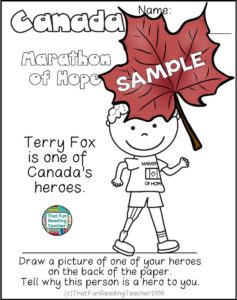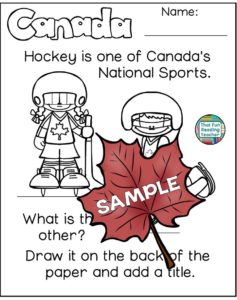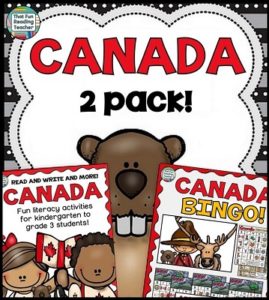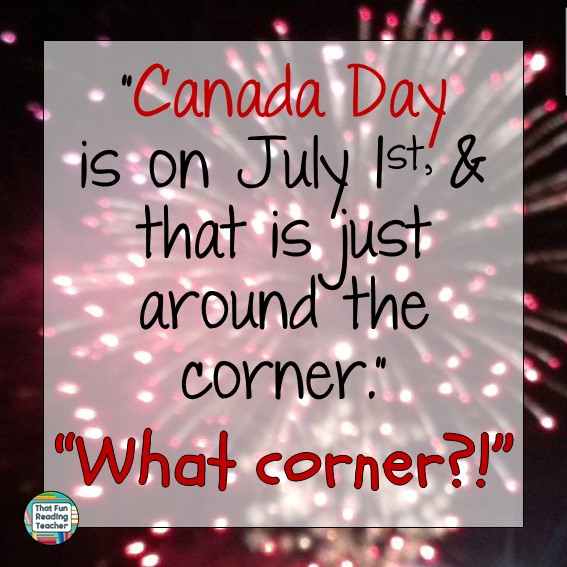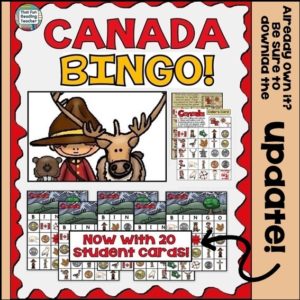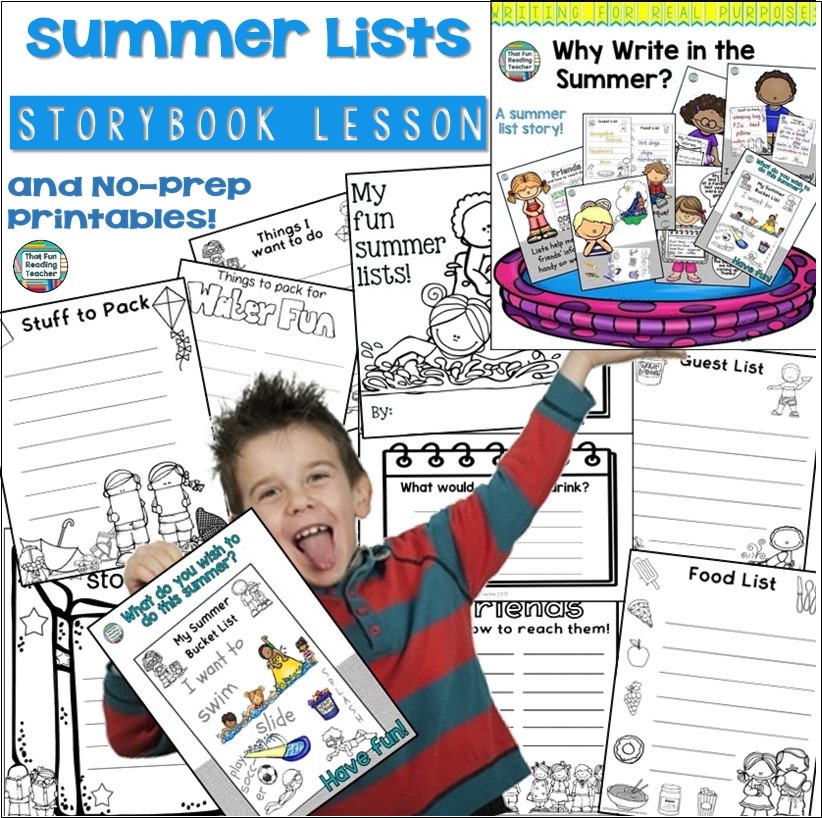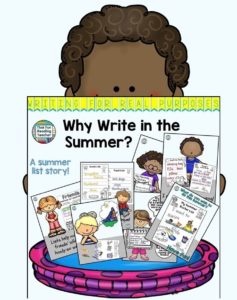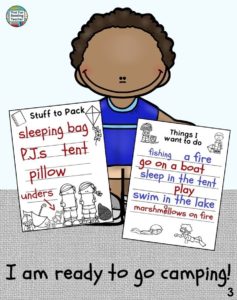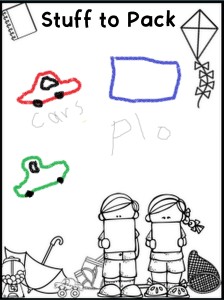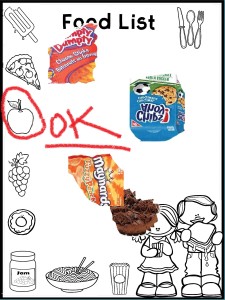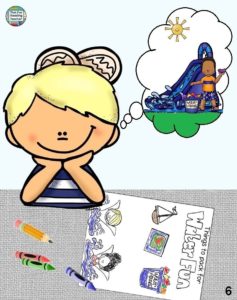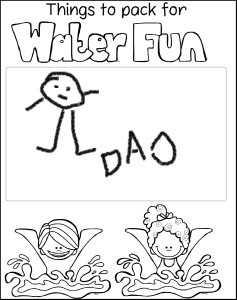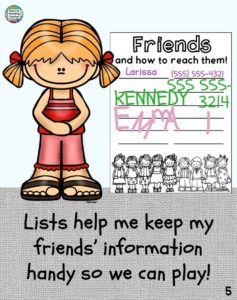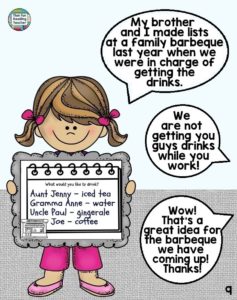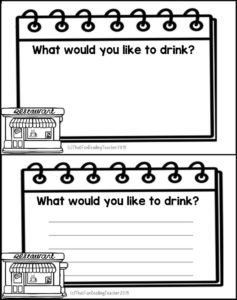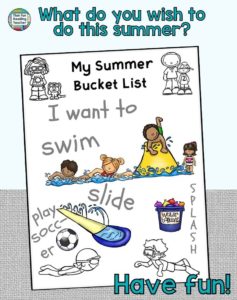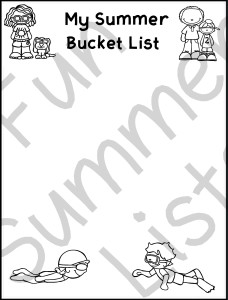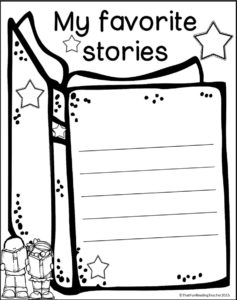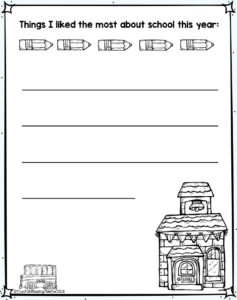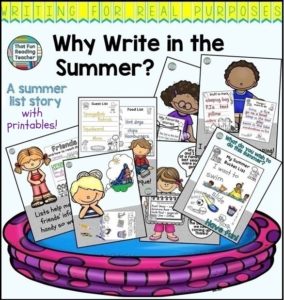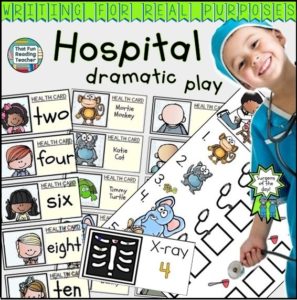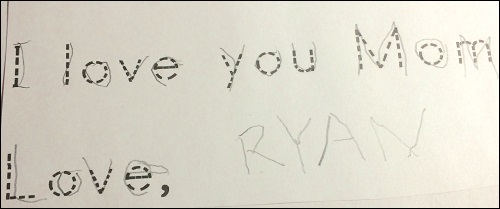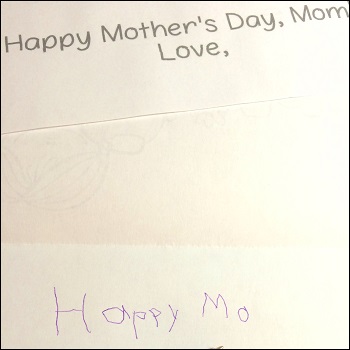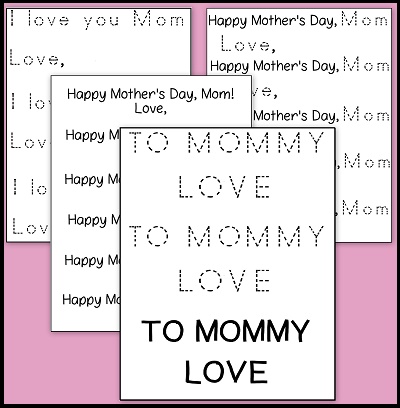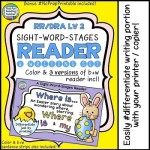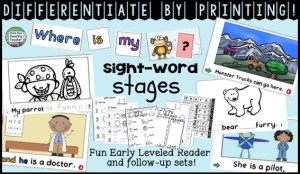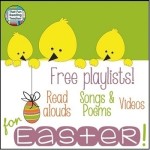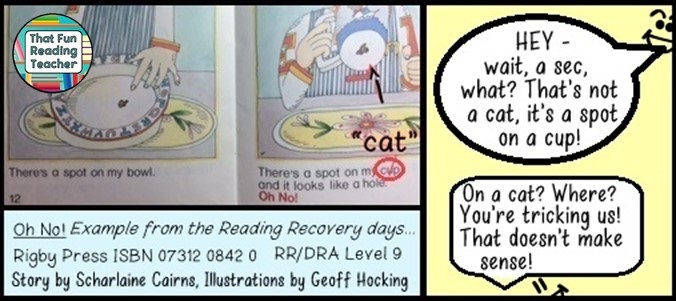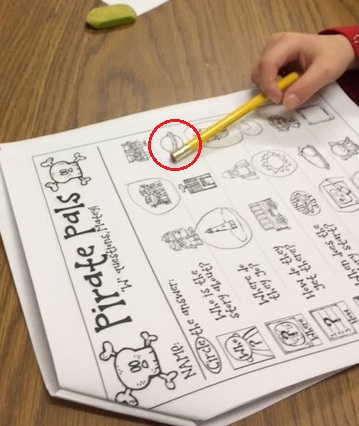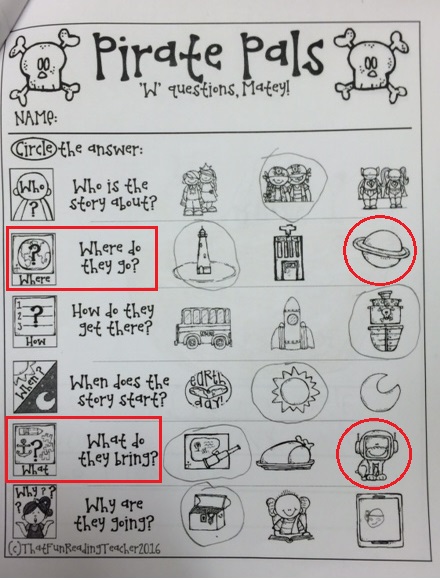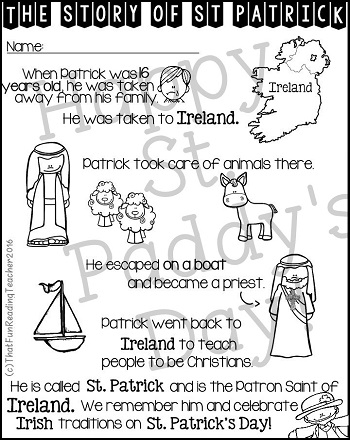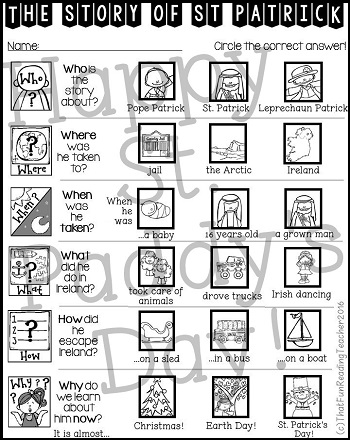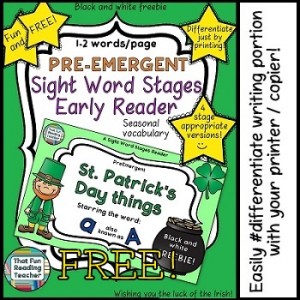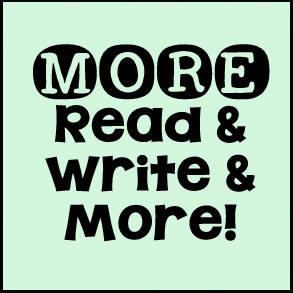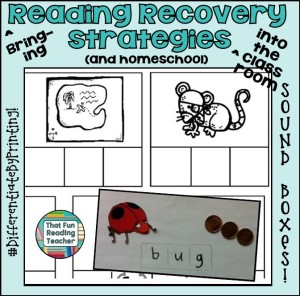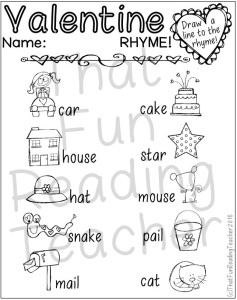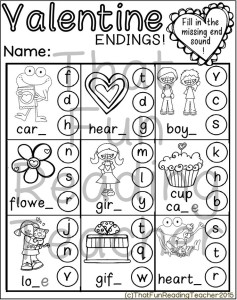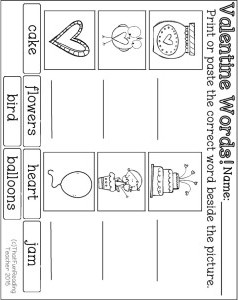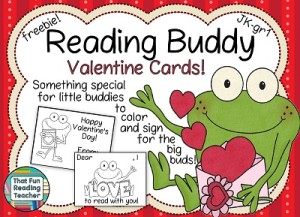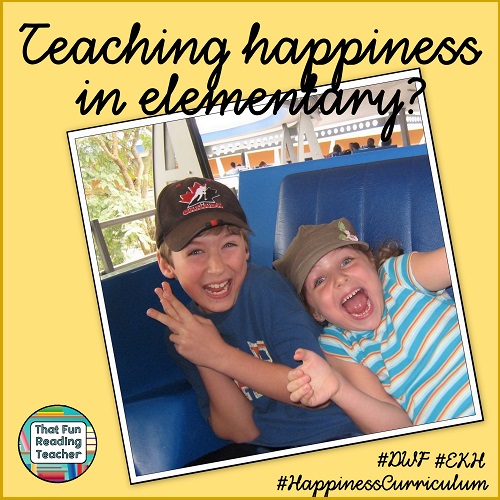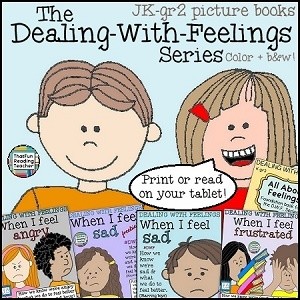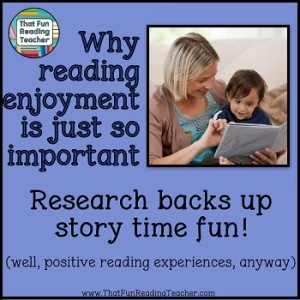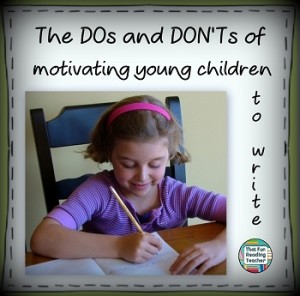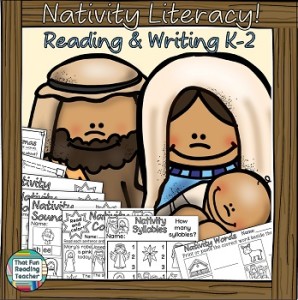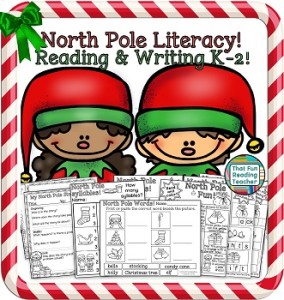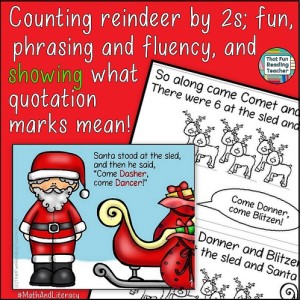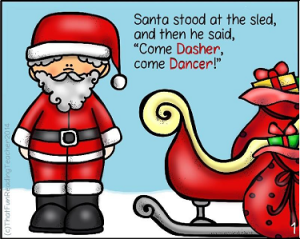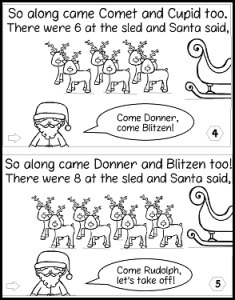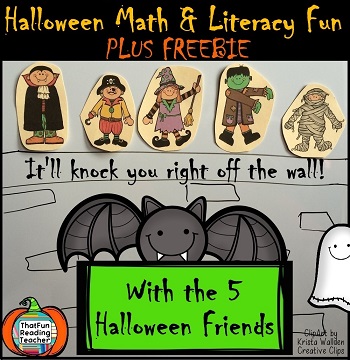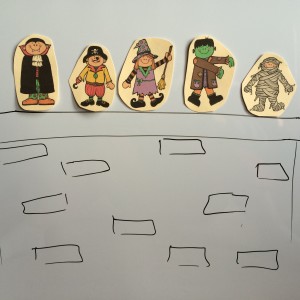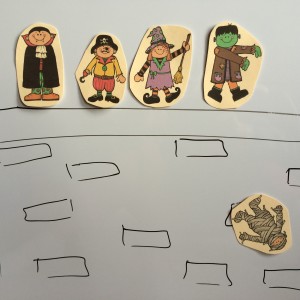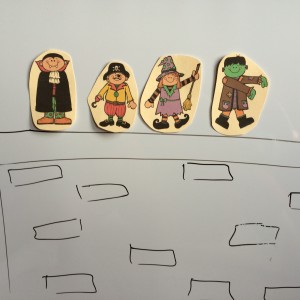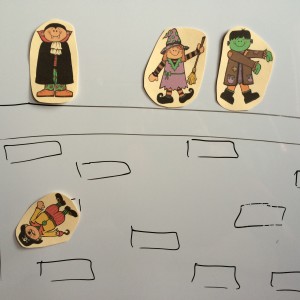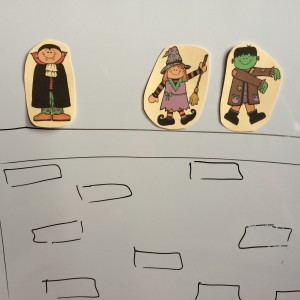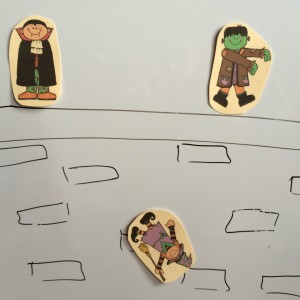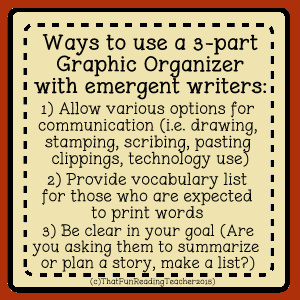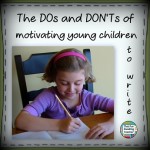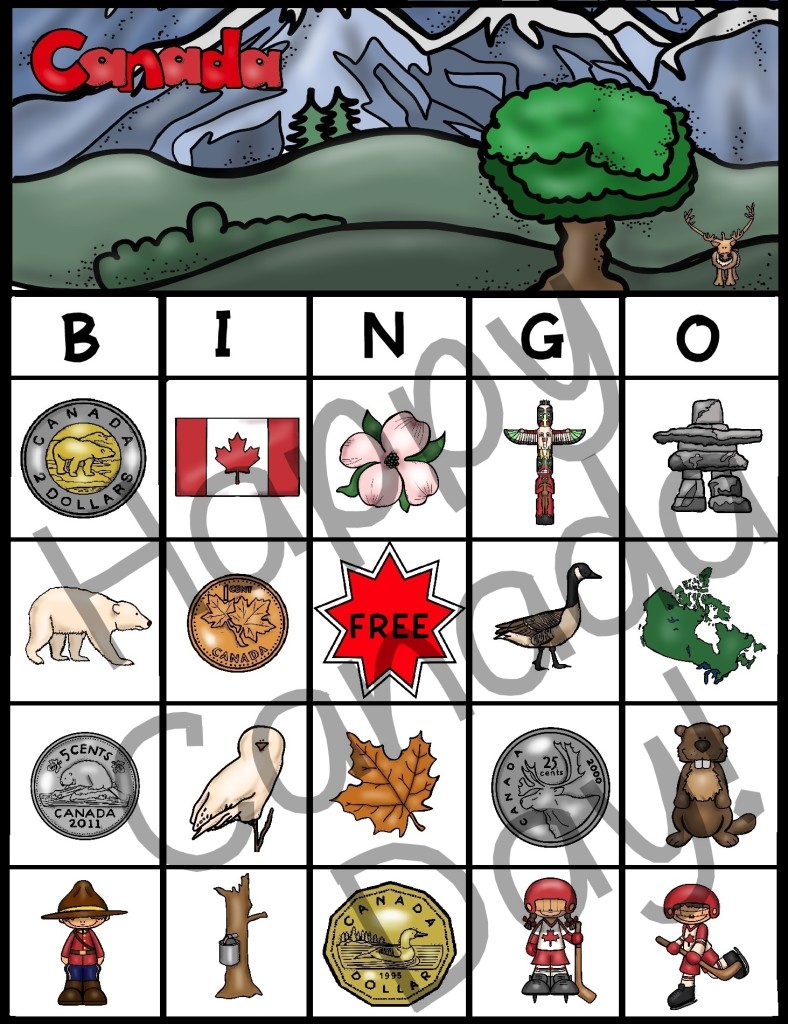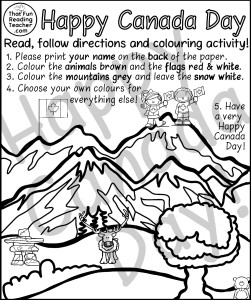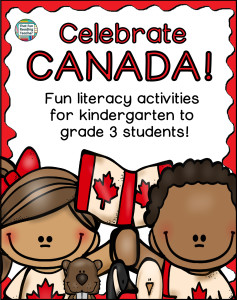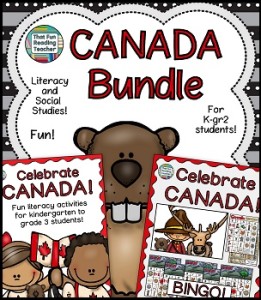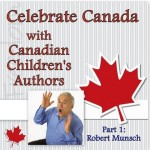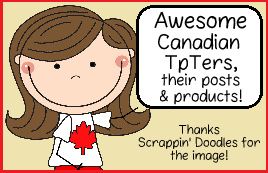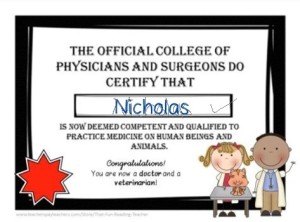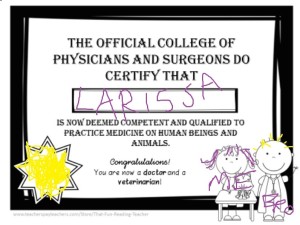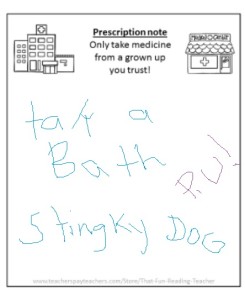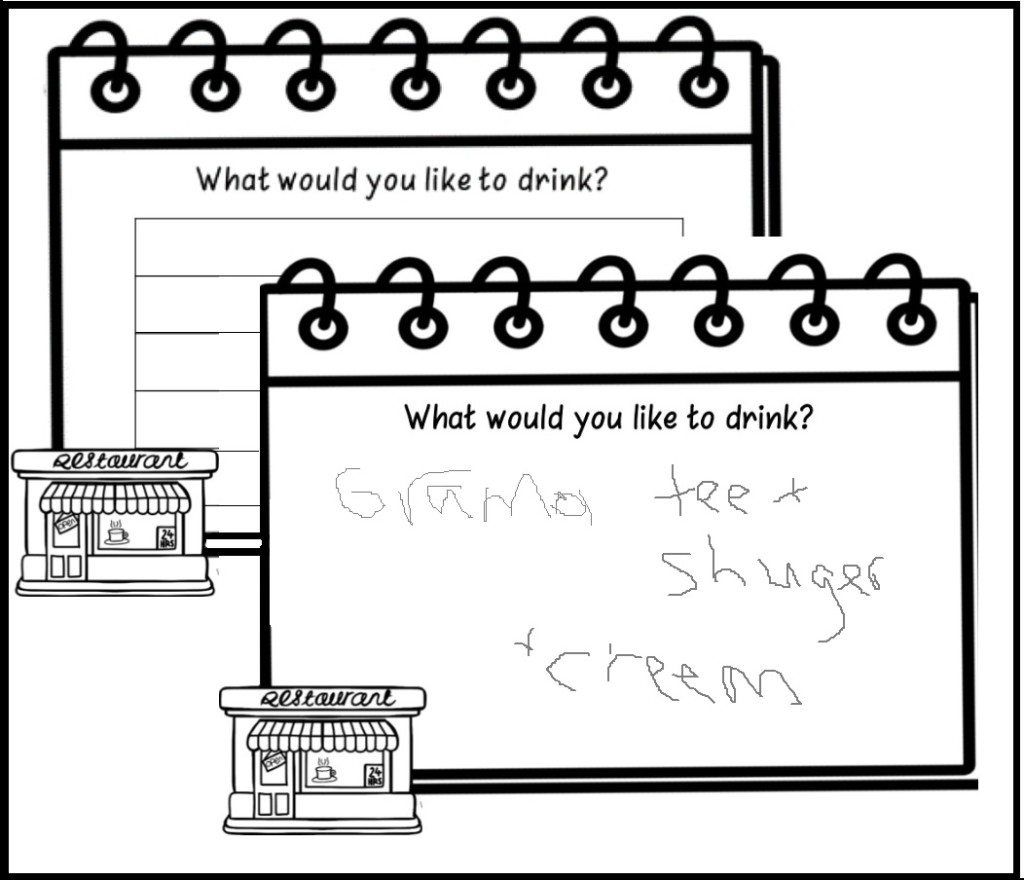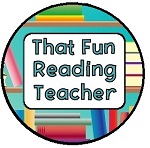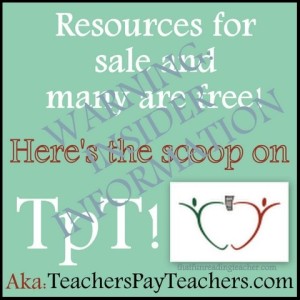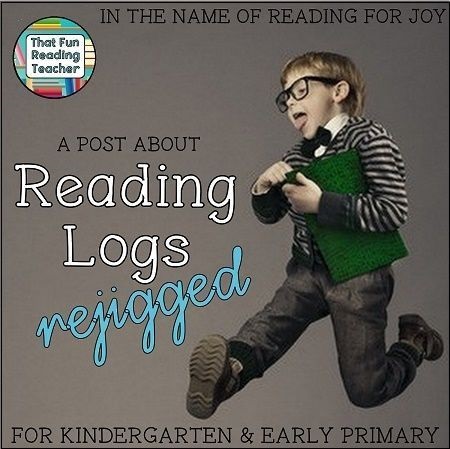
I have spent most of my career teaching little people, and a good part of that time parenting little people, too. One topic of great discussion (well beyond kindergarten and grade one) was that of the Reading Log.
As a first grade teacher, I had mixed feelings about sending them home. It’s fairly easy to figure out early on what will become of one’s students’ reading logs throughout the year. As parents, we all have the best intentions. Teachers know that. Many of us fill both roles.
Life gets busy, especially that in-between school and bed time when you have to make and clean up dinner between driving kids everywhere ensure they’re somewhat clean, and maybe even do some homework. I believe that most parents do read with, or to, their kids. Writing it down (especially when we’re exhausted and feeling like we’re being policed?) Well, that’s a whole other story.
How many evenings did I spend at the end of each month, sitting at my kitchen table with a selection of different colored pens, filling in my kids’ reading logs? We absolutely read each night, probably for too long, but we sure didn’t break the spell to keep track of it all!
It is because I valued passing on the love of reading that, in the case of traditional Reading Logs, our kids learned from me that I was okay with dishonesty (under very specific circumstances). Yep, they learned that the magic of reading trumped honesty. GULP.
The Parent / Teacher Connection:
When I was teaching Reading Recovery, between my training and the variety of students I had, I began to really understand the difference between passive and active learners, and the connection between our roles as parents and teachers. Have you heard the phrase ‘Never do for a child what he can do for himself’? I’m a believer.
There was a very definite link between how quickly my students that were more independent with getting ready for recess or home, for example, and using the strategies I was teaching them, were progressing through the program. Those who simply shrugged when I asked them a question, or stood daydreaming in the hall, expecting someone to come and zip up their jackets were the ones who seemed to struggle the most. They were also the ones who left their reading bags at home, waited to be directed for every step of the same structured lesson we had each day. Some of my students did not have bedtime stories because they ‘didn’t have time’. (That did not surprise me with the amount of time it took to travel down a short hallway!)
I have ‘rejigged’ the reading log for the little people, with the purpose of parents and teachers focusing on maintaining the natural enthusiasm and building responsibility for their learning in our little people! Have a look:
 |
This is the front
cover, with space
for the student’s
portrait and
name. Copy onto
colored paper
or let them color
it themselves!
|
 |
This is the first
inside page of
the Reading
Log, with the
legend and a
note for parents
explaining how
it all works!
|
 |
Students draw in &
submit reading
log with a page
completed monthly.
after discussing
the 3 boxes at
bottom at home.
|
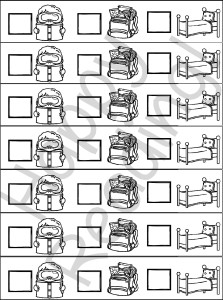 |
This is a later addition
to Reading Logs –
rejigged, for anyone
wishing to add extra
strips for additional
tracking (weekly?)
Simply return to your
My Purchases page &
download an update!
|
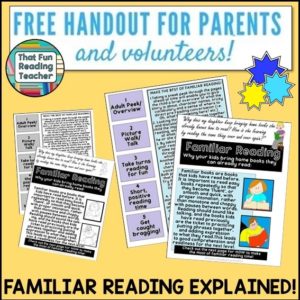 |
While this is not part of
Reading Logs – rejigged
it is the ideal info sheet
(& freebie) to include
with it or in your
familiar reading bags!
|
It is my hope, that by focusing on each child as an individual ‘Superstar’ Reader (front cover), who has an important job to do in bringing his or her special Reading Folder or bag home regularly (hopefully with a library book to listen to, and/or some familiar reading), and returning it to school, it help foster a sense of pride in being a big kid who ‘reads’.
It is also my hope that our earliest little readers and their parents find reading stories at bedtime something they look forward to each night, and that stories accompany them elsewhere in their lives!
Below, please find the links to the free one month trial version and the full versions of Reading Logs – rejigged! If you like this idea, please pass it on!
I would love to hear your thoughts on reading logs, this new one, and alternatives you use.
Best wishes to all of you as we embark on another school year!

FULL PRODUCT |
 FREE SAMPLE FREE SAMPLE |
The full product comes with all 12 months, plus additional months for August, October,
November, December and April to keep options open regardless of country or religion!

Related:

Follow That Fun Reading Teacher’s board Kindergarten Literacy Fun on Pinterest.
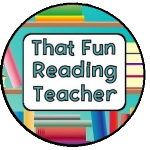
http://thatfunreadingteacher.com/
ThatFunReadingTeacher@gmail.com
Click the symbol above to access my TpT Store! 😉
